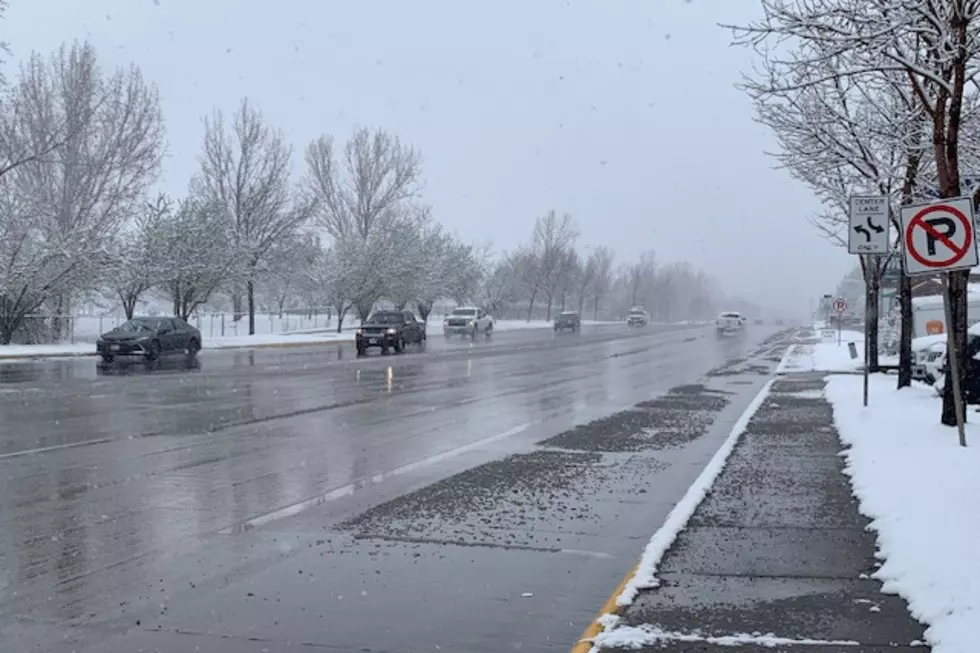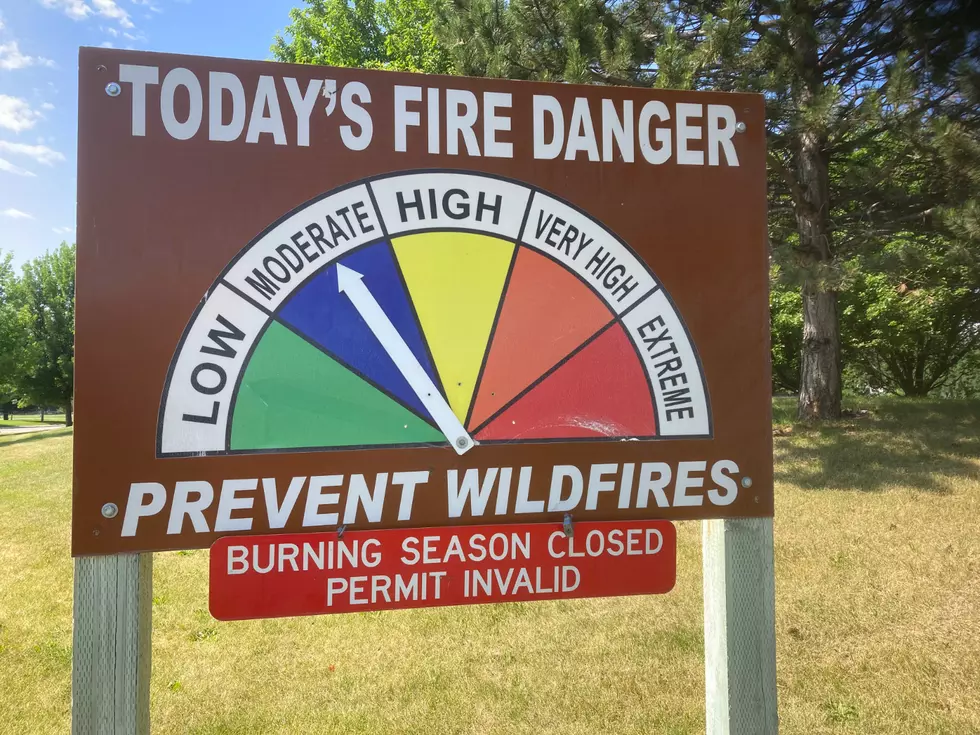
Remembering Montana ‘Fire and Rain’ Weather in 2023
December might have left you with the impression that Western Montana was a lot drier in 2023.
But in fact, the end-of-the-year statistics from the National Weather Service bureau in Missoula show the year that just closed was wetter and warmer than you might have remembered.
And even with the "snow drought" of the past few weeks, average precipitation in Missoula was close to normal.

NWS reports 2023 was a year of strange weather patterns
That was especially true with the winter weather patterns. We began '23 with an extension of the snowy, and very cold weather that had completed 2022. The coldest day of the year hit on January 30th, when the thermometer dropped to a frigid 11 below zero in Missoula, -14 in Kalispell and 36 below in Butte, which is even cold for the Mining City. That was punctuated by another round of Arctic cold in February.
Contrast that with the hottest stretch of the year, at the start of August, when Missoula topped out at 104 degrees. Overall, Missoula's average temperature was 2.3 degrees warmer, with Kalispell at 1.5 degrees above average.
But then it all changed
However, our growing fire season was doused by very wet conditions that hit in August, setting a number of precipitation records. Missoula had its 8th wettest day with over 2.3 inches of rain, with Kalispell at its 7th wettest with nearly 3 inches. The weather station at Hungry Horse Dam recorded a surprising 4.6 inches of rain during those storms in a single day.
The summer fire season might have been drowned out locally, but 2023 will be remembered for periods of fire smoke coming from the severe burns in Canada, which flooded the Northern Rockies several times.
RELATED: Is Montana heat as bad as cold for electric vehicles?
Winter started early and then fizzled
For a while, it looked like Montana would be in for some stiff winter conditions. An early Arctic blast in late October dumped 3 to 12 inches of snow in the Missoula and Bitterroot valleys, up to 10 inches in the Mission Valley, and 8 inches in the Flathead. A "secondary storm" dumped 20 inches in Anaconda, which is the second-highest snow total on record.
But after another round of snow dusted the high country in early December, the "snow spigot" has been in the off position. NWS reports that's largely because of the typical "El Niño" ocean conditions, which are shunting moisture off to California and the Southwest.
Will 2024 be different?
It's always difficult to say. But computer models continue to show a possible pattern change the second week in January which could bring much-needed snow to the Northern Rockies.
Montana's Top 10 Record-Setting Wild Weather Events
Gallery Credit: Brian Lee
More From Newstalk KGVO 1290 AM & 98.3 FM









